Table of contents
Endometriosis is a reproductive disorder affecting women of reproductive age. It is characterized by the growth of endometrial tissue (covering the inner lining of the uterus) outside of the uterus.
Endometriosis Prevalence in Canada and world
7% of the Canadian female population and 10% of the world female population are estimated to be diagnosed with endometriosis. The true prevalence of endometriosis is uncertain; however, because a definitive diagnosis requires surgical visualization in the form of laparoscopy. Similar prevalence was reported for women in Ontario, the Prairies, the Atlantic, and Quebec, with the highest prevalence in Western Canada.
The most pronounced complaint of women with endometriosis is pain which can be expressed in a variety of symptoms including irregular menstrual cycle (dysmenorrhea), pain during intercourse (dyspareunia), chronic pelvic pain, pain when urinating (dysuria), bloating and constipation (dyschezia), as well as fatigue and infertility if not managed.
A Look at Some of the Implications of Endometriosis
According to a recent study, Canadian women with self-reported endometriosis were more likely to experience symptoms than women without endometriosis. For instance, women with endometriosis are 3.4 times more likely to experience infertility, 3.2 times more likely to experience non-menstrual pelvic pain or cramping, and 3.1 times more likely to experience pelvic pressure that is irrespective of the normal changes with aging.
Furthermore, women with endometriosis are more likely to report extremely bothersome menstrual pelvic pain and the severe form of related symptoms. Moreover, self-reported symptoms have a fairly good predictive ability for the diagnosis of endometriosis. A study on female twins suggests that self-reported data are 79% accurate in terms of diagnosis and may be used by researchers for the study of endometriosis.

The common signs and symptoms of endometriosis. Retrieved from https://www.theyellowcape.com/endometriosis
Current Rate of Diagnosis and Associated Problems
The average diagnostic age is 27.9 years old in Canada.1 Although most adults report that their pelvic pain began during adolescence, most young women do not receive timely treatment. The average delay from symptom onset to diagnosis is 5.4 years in Canada, with patients waiting for an average of 3.1 years from the onset of symptoms to seeking consultation with their physician.1 Various factors contribute to the diagnostic delay on the part of both the patient and the physician. Women may be unable to distinguish the normal from the abnormal menstrual experiences or normalize pain symptoms as a result of embarrassment.
A physician may also normalize pain symptoms or misdiagnose the condition. Additionally, surgery is only appropriate when symptoms reach a level of severity to justify the risk and the specialists in endometriosis are in short supply.4 Subsequently, women from across Canada may need long commutes to access appropriately skilled practitioners. These factors may contribute to a delay in treatment that ultimately prohibits women from relieving pain, thereby worsening their quality of life, productivity, and mental health.
Treatment Options
The treatment options for endometriosis are diverse and include chronic pain medication (analgesic therapies), hormonal therapies, conservative or minimally invasive surgery, assisted reproduction, or a combination of these. Oral contraceptives are the first line of defence for irregular menses or chronic pelvic pain, with or without presumed endometriosis. Gonadotropin-releasing hormone (GnRH) agonists such as Elagolix may be administered to suppress estrogen (female hormone) release.
Menopause-like symptoms such as bone loss can be decreased by adding low-dose estrogen replacement therapy. Moreover, hormonal therapies are contradicted for women with endometriosis who would like to conceive. Therefore, non-hormonal treatments are required for improvements in patient-centered outcomes and are currently clinically studied.
Surgery has been showing to decrease pain in some but not all women and hysterectomy is common if endometriosis is left unmanaged. Lastly, non-pharmaceutical options including acupuncture and local use of botulin toxin as well as dietary changes focused on consumption of anti-inflammatory agents (such as omega-3 fatty acids) and enhancing gut bacteria may alleviate some symptoms of endometriosis.
Women with endometriosis frequently underwent more than one surgery (average of 2.2 surgeries). A recent study showed that 79% of participants with endometriosis received at least one or more hormonal therapies and 42% received fertility treatment during their lifetime. Despite these treatments, the majority of women still remain symptomatic. Additionally, the effect of endometriosis for the reduction in quality of life was greatest for general health and social functioning, modest for pain perception, and smallest for physical functioning, vitality, and mental health, albeit having an effect on all of these factors. Similarly, endometriosis affects productivity and the ability to maintain healthy relationships.
According to a Canadian study, 48% of women had to reduce working hours and 16% had difficulty with education. The impact on education is less pronounced; however, it may be caused by the fact that most women have finished their formal education by the time they start experiencing symptoms, which is 24 years old on average.
In contrast, difficulty with career growth is commonly experienced and includes experiences of absenteeism, poor performance, failure to be promoted, not receiving bonuses, missed professional seminars, and lost clients. Furthermore, 68% of women with endometriosis experienced significant problems with their partner and 19% of women considered endometriosis as the cause of their divorce. Additionally, quality of life was positively affected by having a partner present which may suggest a link between experiencing pain during intercourse, sexual dysfunction, and quality of the relationship. Thus, coping with emotional, sexual, and social problems that come with endometriosis should be given high priority for the management of the condition.
When managing the symptoms of endometriosis, offering ways to learn how to cope with chronic pelvic pain, explore ways to have sexual intercourse without pain, and learning how to strengthen relationships with their partner and friends so they will be supportive in coping with the disease instead of drifting apart due to potential misunderstandings should be given prompt consideration.
References:
1. Singh, S., Soliman, A. M., Rahal, Y., Robert, C., Defoy, I., Nisbet, P., & Leyland, N. (2020). Prevalence, Symptomatic Burden, and Diagnosis of Endometriosis in Canada: Cross-Sectional Survey of 30 000 Women. Journal of Obstetrics and Gynaecology Canada, 42(7), 829–838. https://doi.org/10.1016/j.jogc.2019.10.038
2. De Graaff, A. A., D'Hooghe, T. M., Dunselman, G. A. J., Dirksen, C. D., Hummelshoj, L., Simoens, S., … Wullschleger, M. (2013). The significant effect of endometriosis on physical, mental and social wellbeing: results from an international cross-sectional survey. Human Reproduction, 28(10), 2677–2685. https://doi.org/10.1093/humrep/det284
3. Saha, R., Marions, L., & Tornvall, P. (2017). Validity of self-reported endometriosis and endometriosis-related questions in a Swedish female twin cohort. Fertility and Sterility, 107(1). https://doi.org/10.1016/j.fertnstert.2016.09.038
4. Zondervan, K. T., Becker, C. M., & Missmer, S. A. (2020). Endometriosis. New England Journal of Medicine, 382(13), 1244–1256. https://doi.org/10.1056/nejmra1810764
5. Missmer, S. A., Tu, F. F., Agarwal, S. K., Chapron, C., Soliman, A. M., Chiuve, S., … As-Sanie, S. (2021). Impact of Endometriosis on Life-Course Potential: A Narrative Review. International Journal of General Medicine, Volume 14, 9–25. https://doi.org/10.2147/ijgm.s261139

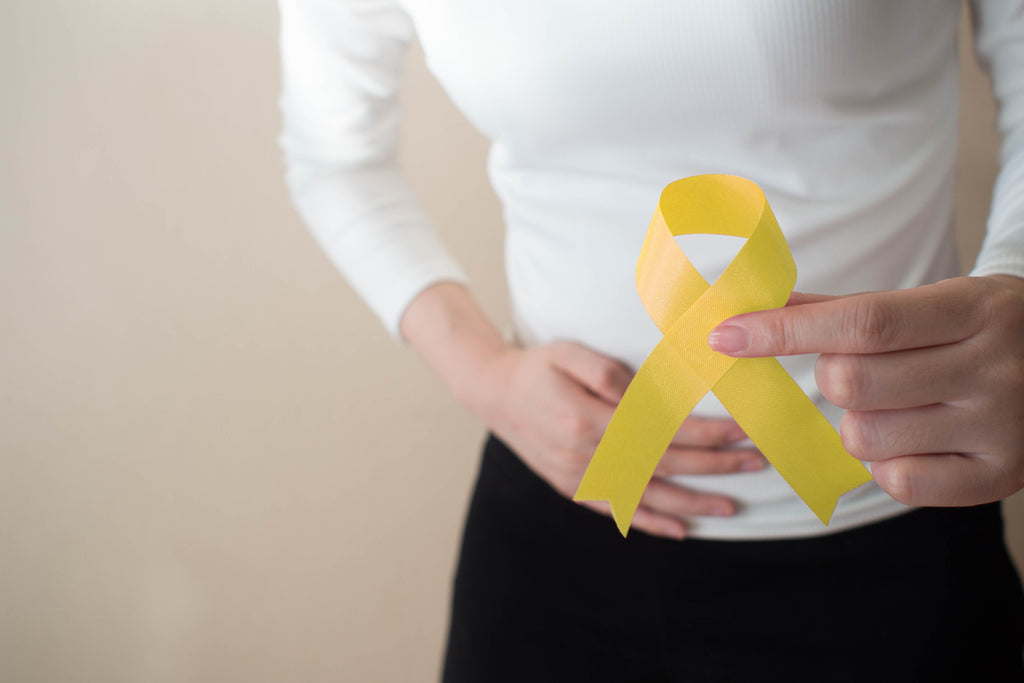



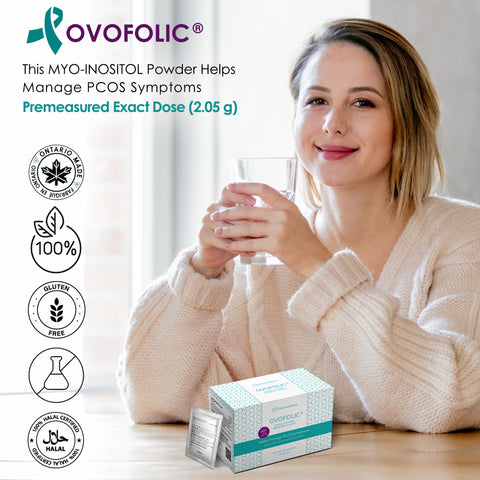
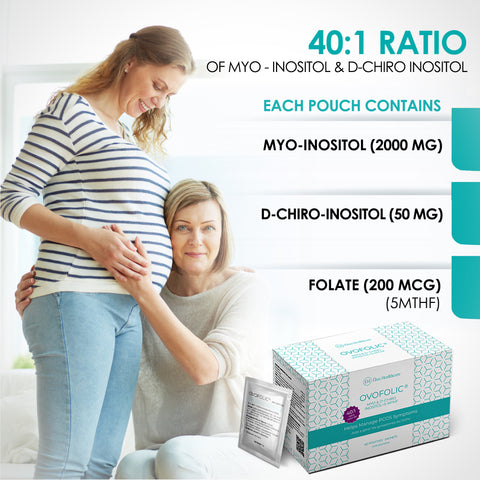

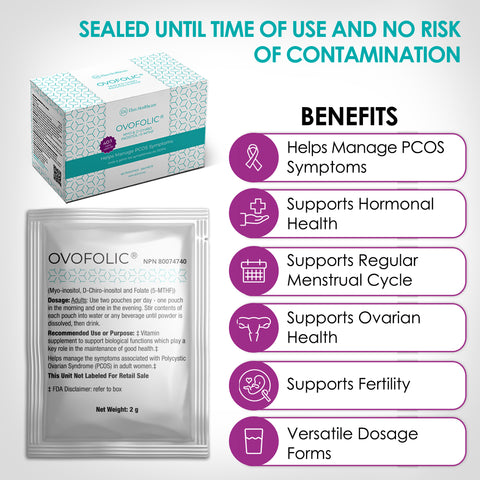

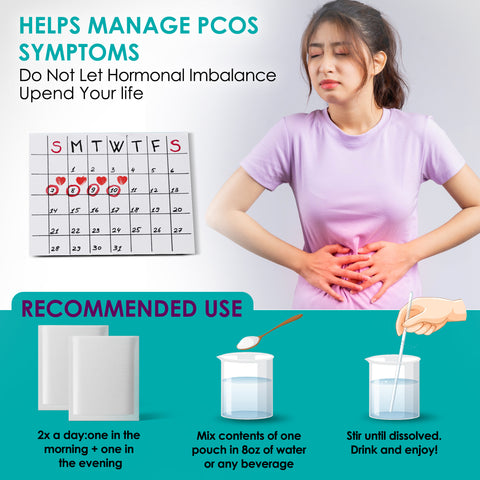







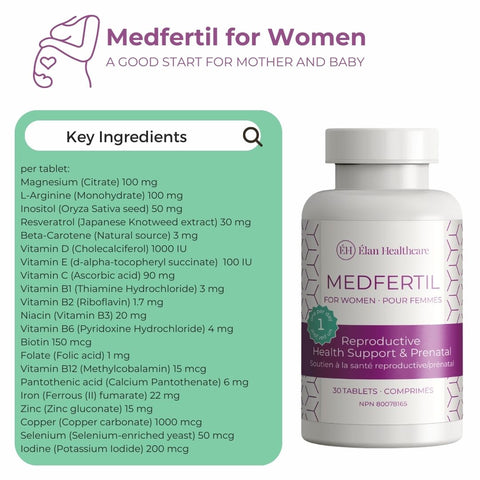








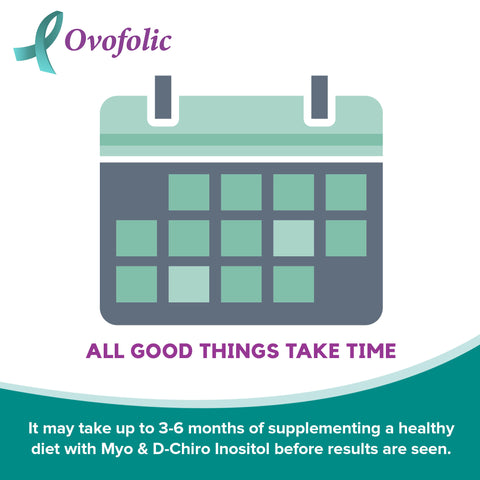

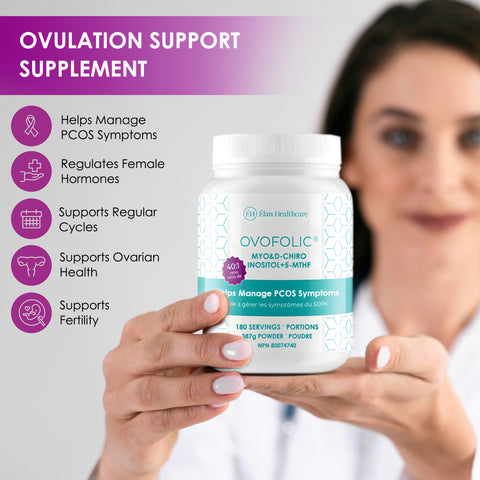


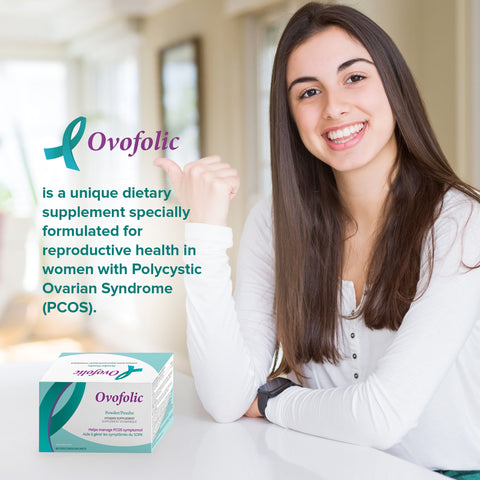







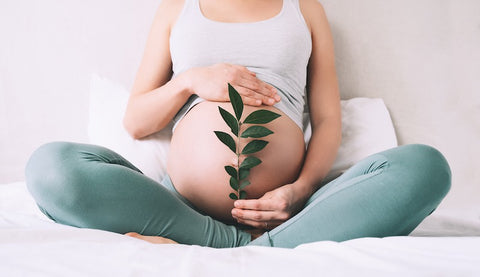
No comments yet.
There are no comments for this article. Be the first one to leave a message!
+ Open to leave a Comment